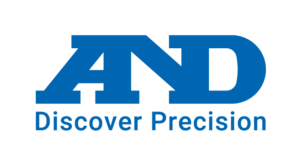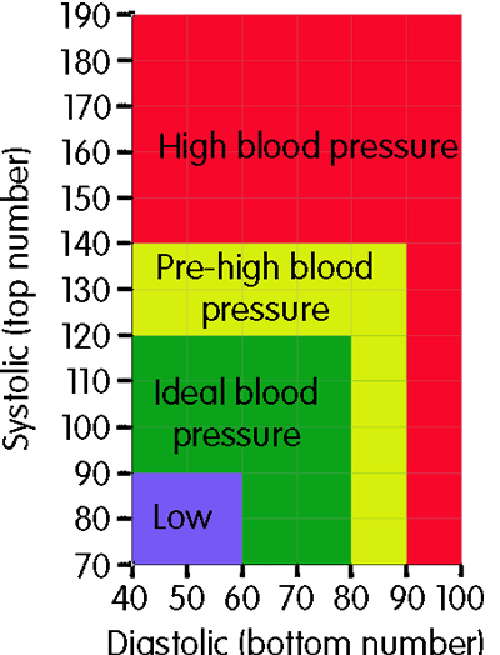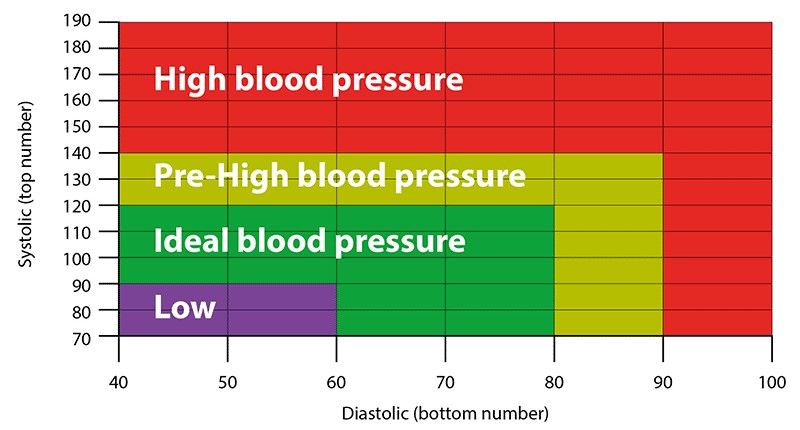How to Stay Healthy in a Heatwave
Heatwave🌞
Posted by A&D Medical |
The United Kingdom is no stranger to the occasional heatwave, and when the sun decides to make an extended appearance, it’s crucial to look after your health. If you have hypertension or other cardiovascular conditions, the soaring temperatures can have an impact on your blood pressure. In this blog post, we’ll explore how the UK heatwave can affect your blood pressure and provide tips on staying healthy during hot weather.
Wherever you’re reading this from, we hope you have a good fan! If you have the luxury of air-con, the A&D team in the office are very jealous.
Dehydration Dilemma
One of the most significant factors contributing to blood pressure fluctuations during a heatwave is dehydration. The hot weather can make you sweat more, leading to increased fluid loss. Dehydration can cause a temporary drop in blood pressure. To counter this effect, make sure to drink plenty of water throughout the day, even if you don’t feel thirsty.
Watch Your Salt Intake
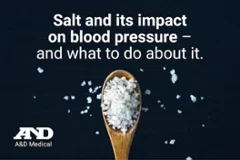
During a heatwave, you might find yourself reaching for salty snacks or processed foods. However, excessive salt intake can contribute to high blood pressure. To keep your blood pressure in check, opt for fresh fruits and vegetables, and reduce your consumption of high-sodium foods.
The Vasodilation Effect
Heat causes your blood vessels to dilate, which can lead to a temporary drop in blood pressure. While this is a natural response to heat, it’s essential to avoid prolonged sun exposure, especially during peak hours. Protect yourself by wearing appropriate clothing and using sunscreen to shield your skin from the sun.
Beware of Heat-Related Illnesses
Heat-related illnesses such as heat exhaustion and heatstroke can have a significant impact on your blood pressure. To prevent these conditions, stay cool by using fans or air conditioning, and avoid strenuous activities during the hottest parts of the day.
Monitor Your Blood Pressure
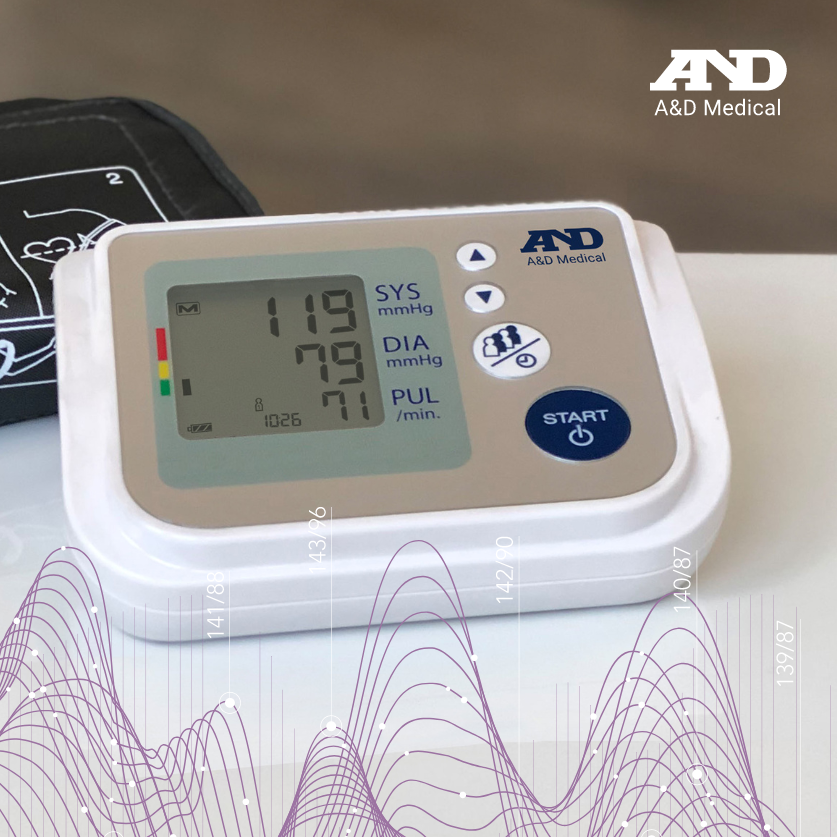
If you have a home blood pressure monitor, now is an excellent time to use it regularly. Keep a close eye on your blood pressure during the heatwave and report any significant changes to your healthcare provider. Monitoring your blood pressure can help you and your doctor make informed decisions about your health.
In conclusion, while everyone’s response to heat is different, being proactive about your health during a UK heatwave is essential, especially if you have high blood pressure or other cardiovascular concerns. Remember to stay hydrated, watch your salt intake, protect yourself from the sun, and be mindful of any heat-related symptoms. If in doubt, don’t hesitate to consult your healthcare provider for guidance.
Stay safe, stay cool, and take care of your well-being during this hot spell!
#HeatwaveHealth #BloodPressureAwareness #StayCool
